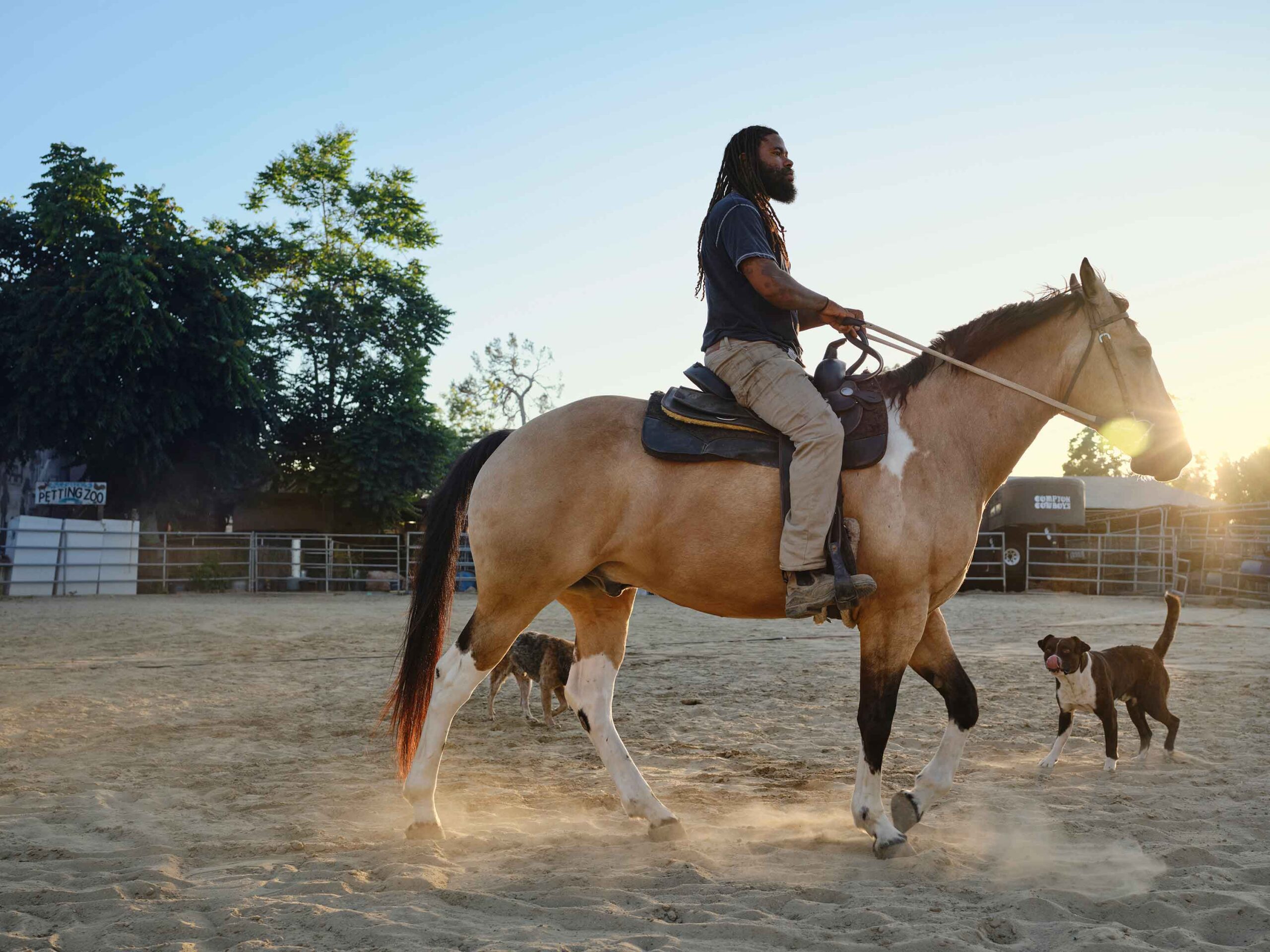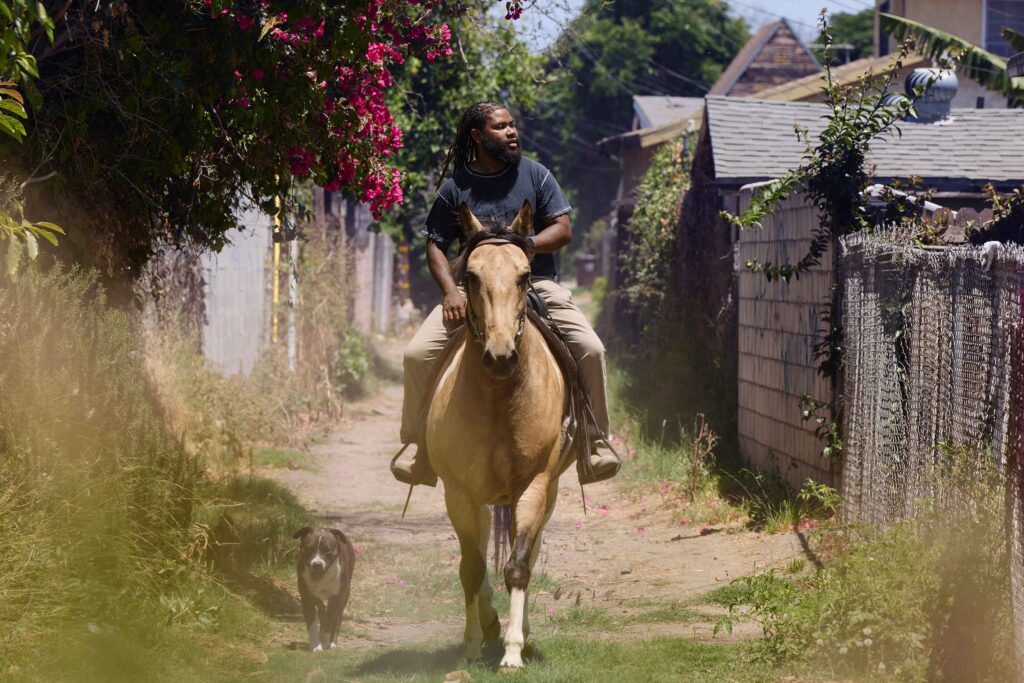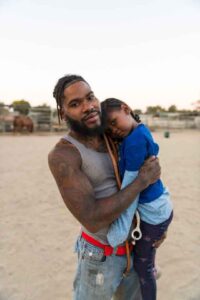Breaking the Cycle: My Journey to Freedom from Nicotine Addiction
I was 10 years old when I first snuck one of my mom’s cigarettes. By 15, I was smoking regularly. Where I grew up in Compton, smoking wasn’t just a habit—it was a way of life. My mom smoked. My family smoked. Everyone I saw hanging out around the neighborhood and at the corner stores smoked. It was normal. Cool, even.

By Keenan Abercrombia
I was 10 years old when I first snuck one of my mom’s cigarettes. By 15, I was smoking regularly. Where I grew up in Compton, smoking wasn’t just a habit—it was a way of life. My mom smoked. My family smoked. Everyone I saw hanging out around the neighborhood and at the corner stores smoked. It was normal. Cool, even.
My mom used to send me to the store with a note pinned to my coat, and the workers—who all knew me—would let me buy her cigarettes. They never pushed back and I never thought anything of it because my reward was extra cash for candy. Looking back, I realize how much I was shaped by the world around me. Nicotine was everywhere, woven into the fabric of my life, and before I even understood addiction, I was hooked.
After years of smoking, my addiction only worsened when I became a culinary chef. Kitchens are high-stress environments, and for a long time, smoking felt like the only way to take the edge off. The vast majority of chefs smoke—it’s part of the culture. I fell right into it, using cigarettes to push through the pressure, to keep up with the chaos. And as my smoking increased, my mom and I became two peas in a pod, enabling each other without thinking twice about the consequences.
At one point, I was smoking two packs a day, often smoking back-to-back cigarettes during my breaks. I tried quitting a few times. I even started vaping thinking it would help me cut back, but the flavors didn’t do it for me, and the headaches only made it worse. Clearly, I wasn’t ready to quit because I went right back to smoking cigarettes.
Then life started hitting me in ways I couldn’t ignore. I started losing family members to illnesses caused by smoking. My mom developed Chronic Obstructive Pulmonary Disease (COPD), a progressive lung disease that makes it hard to breathe, requiring her to rely on oxygen. I could feel my own lungs struggling at times. But the biggest wake-up call was my three kids. I grew up without a father, and I refused to let them experience that same absence. I had to stop making excuses. I had to face my addiction head-on.

When I finally quit, I did it cold turkey. No patches, no vapes, no crutches—just pure willpower and the realization that I wanted better for myself and my family. Shortly after I quit, my mom passed away. It was a devastating loss, but it pushed me to stay strong. Instead of turning back to cigarettes, I threw myself into my work as a private chef and focused on raising my kids.
I also immersed myself in my roots with the Compton Cowboys, caring for horses and mentoring youth. Horses have a way of grounding you, teaching patience and discipline. Now, I use that platform to show young people there’s more to life than the streets. More than addiction. More than the habits we inherit.

Today, at 33, I am committed to choosing life. I share my story because I know the struggle firsthand. I don’t judge anyone still in the cycle—I’ve been there. I know how easy it is to think you have time until you don’t. My mom didn’t take quitting seriously until it was too late. I tell my loved ones and friends who still smoke to start now. Get ahead of it before it gets ahead of you because breaking free from the cycle of addiction is worth it. You are worth it.
Big Tobacco deliberately makes products that are hard to quit because our addiction is their profit. Like Keenan, you can break this dangerous and deadly cycle with science-based quit programs like Kick It California which provides trained Quit Coaches – for free.










